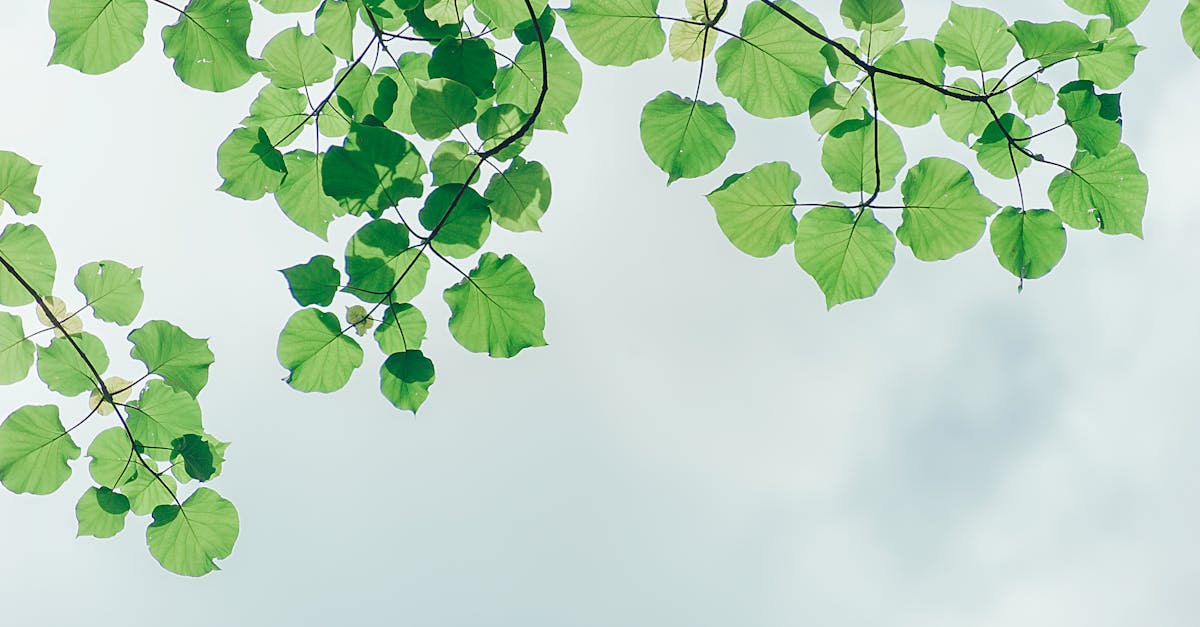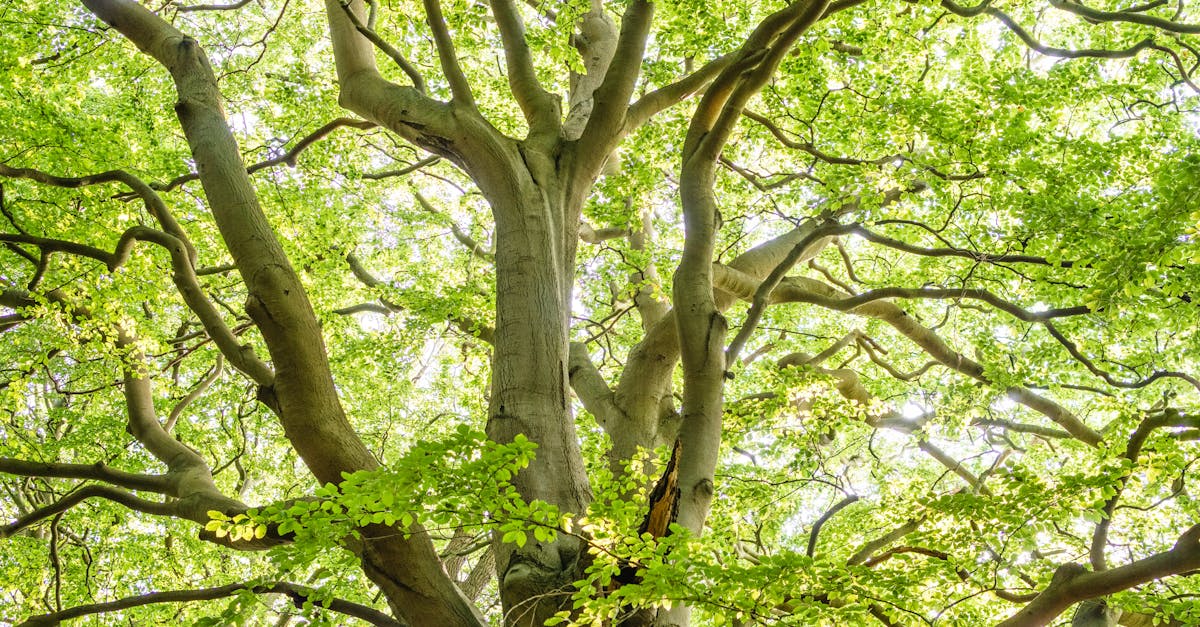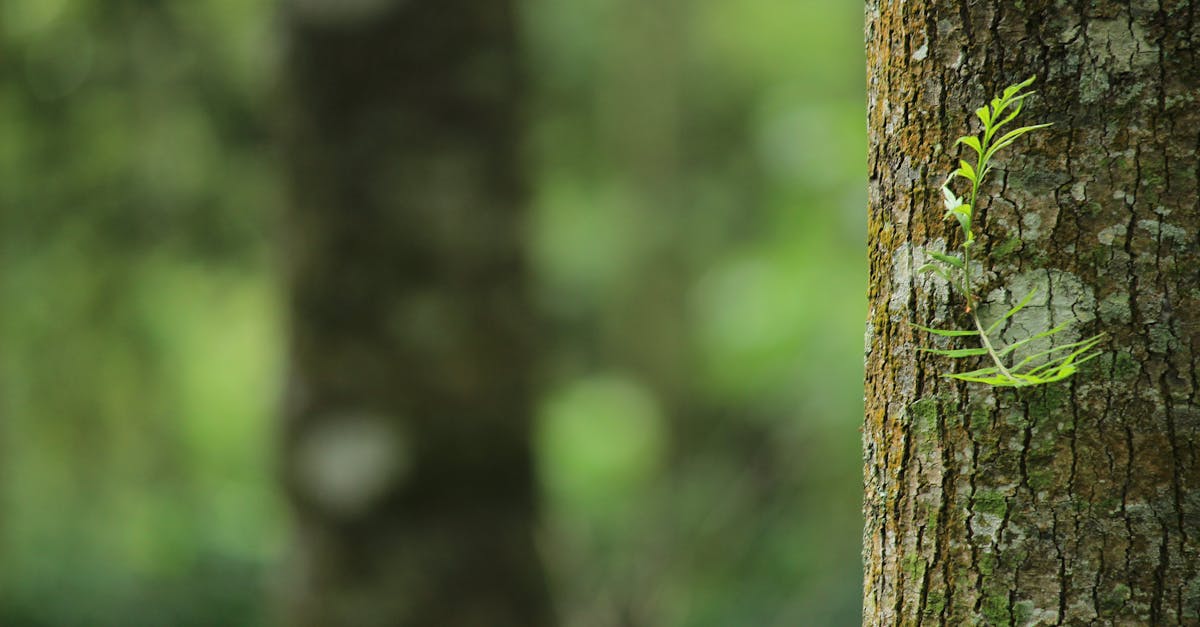
Rule 1
Knowing the best time to prune various plants is essential for promoting healthy growth and maximizing blooming potential. When it comes to flowering shrubs and fruit trees, timing is crucial. For flowering shrubs, it is generally best to prune them right after they bloom. For fruit trees, on the other hand, it is advisable to prune them during the dormant winter months to encourage fruit production the following season. By understanding the specific needs of different plants, you can ensure that your pruning efforts yield the best results. So if you're looking to enhance the beauty of your garden, consider the timing carefully and consult experts in Tree Pruning and Trimming near me for optimal guidance.
Timing for Flowering Shrubs and Fruit Trees
Flowering shrubs and fruit trees require strategic pruning to maintain their health and promote optimal growth. Understanding the timing for pruning these plants is crucial to ensure their vigor and bloom production. For flowering shrubs, it is generally recommended to prune them right after they bloom. This timing allows the plants to set next season's flower buds without interruption. Fruit trees, on the other hand, benefit from late winter to early spring pruning. This timing coincides with their dormant period, setting the stage for a productive growing season. Proper timing plays a key role in maximizing the potential of these plants, leading to bountiful blooms and fruitful harvests. Tree Pruning and Trimming near me is essential for the well-being of your flowering shrubs and fruit trees, and adhering to the appropriate timing guidelines can significantly impact their overall growth and flowering capabilities.
Rule 2
When it comes to tree pruning and trimming near me, it is essential to utilize the right tools for the job. Selecting between pruning shears, loppers, and saws depends on the size of the branches you are cutting. Pruning shears are best for small branches up to 1 inch in diameter, while loppers can handle branches between 1 and 2 inches. For thicker branches, a pruning saw is the most suitable tool for a clean and effective cut. Having the appropriate tool ensures the task is completed efficiently and promotes the health of the plant being pruned.
Using the correct tools not only makes the pruning process easier but also minimizes the risk of causing damage to the plant. When choosing your tools, opt for ones that are of high quality and sharp to guarantee precise cuts. Dull tools can tear the plant tissue instead of making a clean cut, increasing the chances of diseases entering the plant. Investing in quality tools and maintaining their sharpness will make future pruning tasks smoother and more beneficial for the plants in your care.
Choosing Between Pruning Shears, Loppers, and Saws
When it comes to maintaining your garden, selecting the right tools for pruning is crucial. Tree Pruning and Trimming near me has been made easier with the variety of tools available, each serving a different purpose. Pruning shears, also known as hand pruners, are ideal for smaller branches and stems. Loppers, on the other hand, are designed for thicker branches that hand pruners may struggle to cut through. Saws are best suited for larger branches and are capable of making quicker work of tough pruning tasks. When deciding which tool to use, consider the size of the branches you will be cutting and choose accordingly.
While pruning shears are precise and convenient for delicate work, loppers provide more leverage for cutting through thicker branches. Saws are essential for larger branches that require a more substantial cutting tool. It's important to keep all these factors in mind when selecting the appropriate tool for your pruning needs. Tree Pruning and Trimming near me requires the correct tools to ensure a tidy and healthy garden, so make sure to invest in high-quality pruning tools that suit your specific requirements.
Rule 3
When it comes to Rule 3 of pruning, understanding the different types of pruning cuts is essential for maintaining the health and aesthetics of your plants. Whether you are dealing with thinning, heading, or pinching techniques, each cut serves a specific purpose in promoting growth and shaping the plant. By mastering these techniques, you can ensure that your plants flourish and remain structurally sound over time. If you are unsure about the appropriate pruning cuts for your specific plants, consider seeking professional services such as Tree Pruning and Trimming near me to guarantee the best results.
Learning about thinning cuts involves selectively removing branches to improve air circulation and encourage the growth of new shoots. This technique is particularly beneficial for reducing the density of foliage in trees and shrubs, resulting in healthier and more visually appealing plants. On the other hand, heading cuts involve removing the tip of a branch to control the overall size and shape of the plant. By understanding when and how to make these cuts properly, you can promote the growth of lateral branches and maintain the desired form of your plants. For expert advice and assistance with mastering these pruning techniques, consider contacting professionals specializing in Tree Pruning and Trimming near me.
Learning About Thinning, Heading, and Pinching Techniques
Learning about the various techniques involved in tree pruning and trimming is essential for maintaining the health and aesthetics of your plants. Thinning is a method where selective branches are removed to improve airflow and allow more sunlight to penetrate the canopy. Heading, on the other hand, involves cutting back the tips of branches to promote bushier growth. Lastly, pinching is a delicate technique of removing the tips of new growth to encourage branching and fuller foliage. Understanding these techniques is crucial for achieving the desired results when tending to your garden or landscape. Tree Pruning and Trimming near me can offer professional guidance and services to ensure your plants thrive through proper pruning practices.
FAQS
What is the best time to prune different plants?
The best time to prune different plants varies depending on their specific needs. It is important to research and understand the optimal timing for each type of plant to ensure healthy growth and flowering.
How do I choose the right tools for pruning?
Choosing the right tools for pruning is essential for the health of your plants. Consider factors such as the size of the branches, the type of plant, and your own comfort and strength when selecting between pruning shears, loppers, and saws.
What are the different types of pruning cuts?
Understanding the different types of pruning cuts, such as thinning, heading, and pinching techniques, is crucial for promoting proper growth and development in your plants. Each type of cut serves a specific purpose and should be used accordingly.
How can I ensure successful pruning of flowering shrubs and fruit trees?
Timing is key when pruning flowering shrubs and fruit trees to maximize their bloom and fruit production. Research the specific timing requirements for each plant to ensure you are pruning at the most beneficial time.
Why is it important to follow the five rules of pruning?
Following the five rules of pruning, including knowing the best time to prune, using the right tools, understanding different pruning cuts, and timing for specific plants, is crucial for maintaining the health and vitality of your garden. Adhering to these rules will help you achieve optimal results in your pruning efforts.


